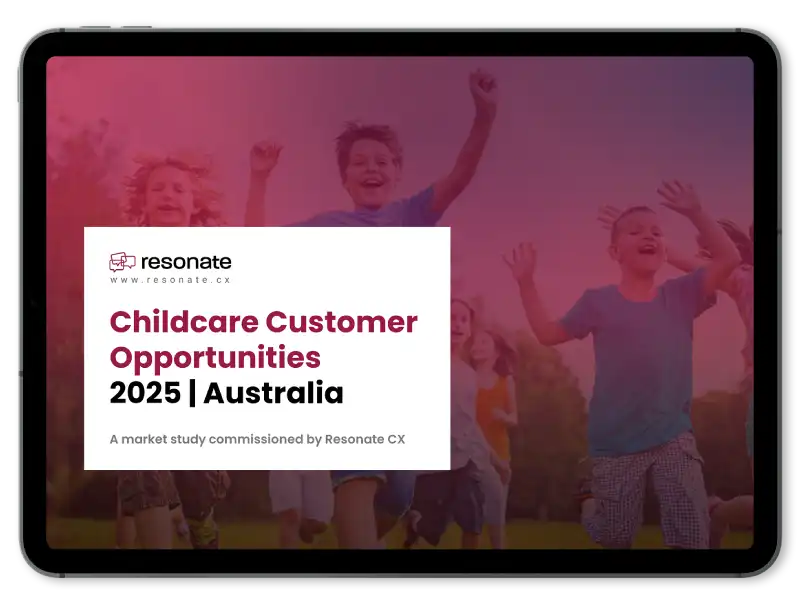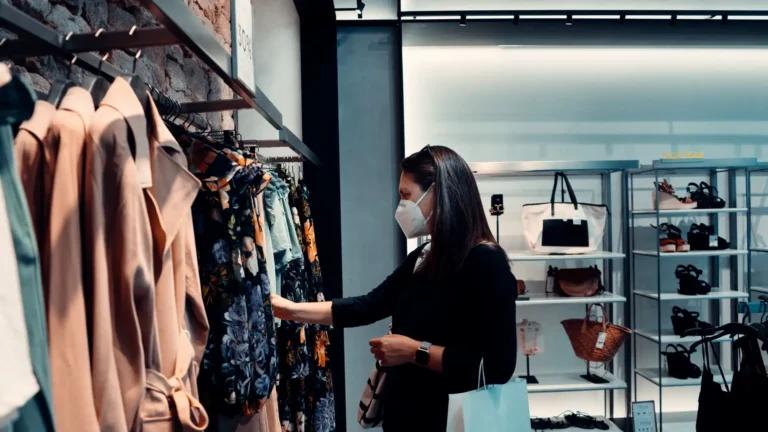TLDR:
- Fake online reviews pose a significant threat to a business’s reputation and can drive away potential customers. Left unchecked, they can erode trust in the brand and skew a business’s average rating online, causing a negative snowball effect.
- Identifying bogus feedback involves looking for specific red flags that indicate inauthenticity. These signs include vague praise without detail, repetitive language across multiple posts, a sudden influx of reviews (“review bombing”), or profiles with no other activity.
- When encountering a likely fake review, the first action is to remain calm and avoid reacting emotionally or defensively. A professional response is recommended for visible reviews, calmly stating that the customer could not be found in records and inviting them to contact the business directly to investigate.
- Businesses should actively report fake content using the flagging features provided by platforms like Google, Yelp, and Facebook. It is important to select the appropriate reason for flagging (e.g., false content, spam) and retain any available evidence for potential escalation.
- The most effective long-term defense against fake reviews is cultivating a strong culture of genuine, positive feedback. Generating a steady “review velocity” of new, honest reviews helps to lessen the impact of any singular fake post and builds greater trust with customers and platforms.
You own a café in Brisbane. One morning, you check your Google reviews and see a two-star rating with a long rant, but it’s clearly not from one of your regulars: wrong date, wrong dish name, no name attached. You feel anger and frustration. What do you do next? Fake online reviews like this can hit you hard, but you don’t have to let them win.
The Impact of Fake Reviews
Many people trust what they see online. According to BrightLocal’s 2025 Local Consumer Review Survey, 53% of consumers want to read reviews that detail positive experiences as they verify their shopping choices, and 89% expect business owners to respond to all types of reviews. But consumers are concerned about the authenticity of the reviews they are reading, too. Several other surveys show that a significant majority of consumers are worried about fake reviews, both positive and negative, when they’re shopping online.
More than stinging your pride, fake reviews can damage your reputation, drive away potential customers, and even distort how your average rating appears online. Left unchecked, they can also create a snowball effect: one misleading review can influence the next customer’s expectations, prompting more negative feedback that wasn’t warranted in the first place. Over time, this erodes trust not just in your brand but in the entire review ecosystem surrounding your business.
Addressing fake reviews quickly and effectively ensures you are safeguarding the credibility of your customer feedback and only genuine voices are the ones shaping your reputation. Here’s how you can fix it.
Identifying the Fakes: Spotting a Bogus Review
Fake reviews are surprisingly common. A study conducted by The Transparency Company found that nearly 14% of the 73 million reviews they evaluated were suspicious and likely fake. The company also estimated that review fraud causes around USD 300 billion in consumer losses every year.
How do you know which reviews are fake? Here are signs to watch out for:
- Very vague or generic praise (“Great place!”, “Love it!”) without any details.
- Repetitive wording or similar keywords across several reviews (“best service ever,” “highly recommend”) that sound copied.
- No profile picture, or no other reviews by that reviewer.
- A sudden flood of reviews in a short period (“review bombing”), especially all positive or all negative.
- Negative reviews that read like a competitor’s attack rather than genuine feedback (overly harsh tone, misinformation).
- Reviewers who seem inactive elsewhere or whose only contribution is the suspicious review.
The Action Plan: How to Respond and Report
When you spot a likely fake review, you need to act. More than that, you need to be calm and strategic with your next steps.
Step 1: Don’t Panic
Reacting emotionally online, such as by calling someone a fraudster, can look bad for your business. Take a breath and don’t let anger or frustration answer for you. Get some distance so you can see more clearly what to do.
Step 2: Respond Professionally If You Need To
If the fake review is visible to many people, replying can help you maintain credibility and show you care. Your response should be calm and factual. For instance, the cafe in Brisbane that has received a fake review can reply:
“Hello, we’ve searched our records and cannot find a customer matching this name and visit. Please contact us directly so we can investigate and resolve any issues. Kind regards, [Business Name].”
This shows others you take complaints seriously, and it also gives you a chance to clarify misinformation without escalating.
Step 3: Report the Review
It’s an option to flag fake content on many major platforms. Here’s a quick guide on how you can do that.
| Platform | How to Report | What to Flag (Reasons) |
| Go to your Business Profile, select Reviews, find the review, click “Flag as inappropriate”, then choose the reason (e.g. spam, off-topic, fake). | Spam, false content, impersonation | |
| Yelp | Use their reporting feature on the review and select “Report review”, then explain why (fake, inappropriate, conflict of interest). | Competitor attack, false claims |
| Under the review/post, click the three dots, choose “Report post”, follow prompts, then choose a relevant reason. | Misleading/fake content |
If the platform allows, include evidence such as dates, lack of detail, or discrepancies. Keep records in case you need to escalate.
Beyond the Fakes: Cultivating a Positive Review Culture
Your best long-term defence is not just fighting fakes. It’s actually building lots of real, positive reviews to outweigh any bad or fake ones. Here’s a list of strategies that you can adopt to generate authentic reviews:
- Ask satisfied customers directly, be it face-to-face at your store or via follow-up email.
- Use email campaigns, such as a thank-you email that gently invites a review.
- Use QR codes to make it easy for customers to leave a review in your physical location.
- On your website or receipts, provide the link(s) to where people can leave feedback.
Also, think about review velocity. That’s the steady flow of new reviews over time. If reviews come in regularly, fake ones (which tend to happen in bursts or all at once) will be less damaging. New positive feedback also signals to customers and to platforms that your reviews are genuine and current.
Conclusion: A Long-Term Strategy
You hold more power than you might feel when you’re dealing with fake reviews. You can spot them, you can respond carefully, and you can get platforms to take them down. But the real win comes when you build a review profile full of honest, current, positive feedback. That’s what builds trust with customers, and what search engines and platforms reward.If you want help making sure your review process is solid and that you can detect fake reviews, respond effectively to them, and build genuine feedback, Resonate CX can help. And when a review turns out to be a valid complaint rather than a fake, our Complaints Experience Management solution helps you close the feedback loop quickly and constructively. That way, every piece of feedback, real or not, becomes an opportunity to strengthen trust and improve your customer relationships. Don’t let fake reviews shape the story of your brand. Partner with Resonate CX and take control of your online reputation today.









